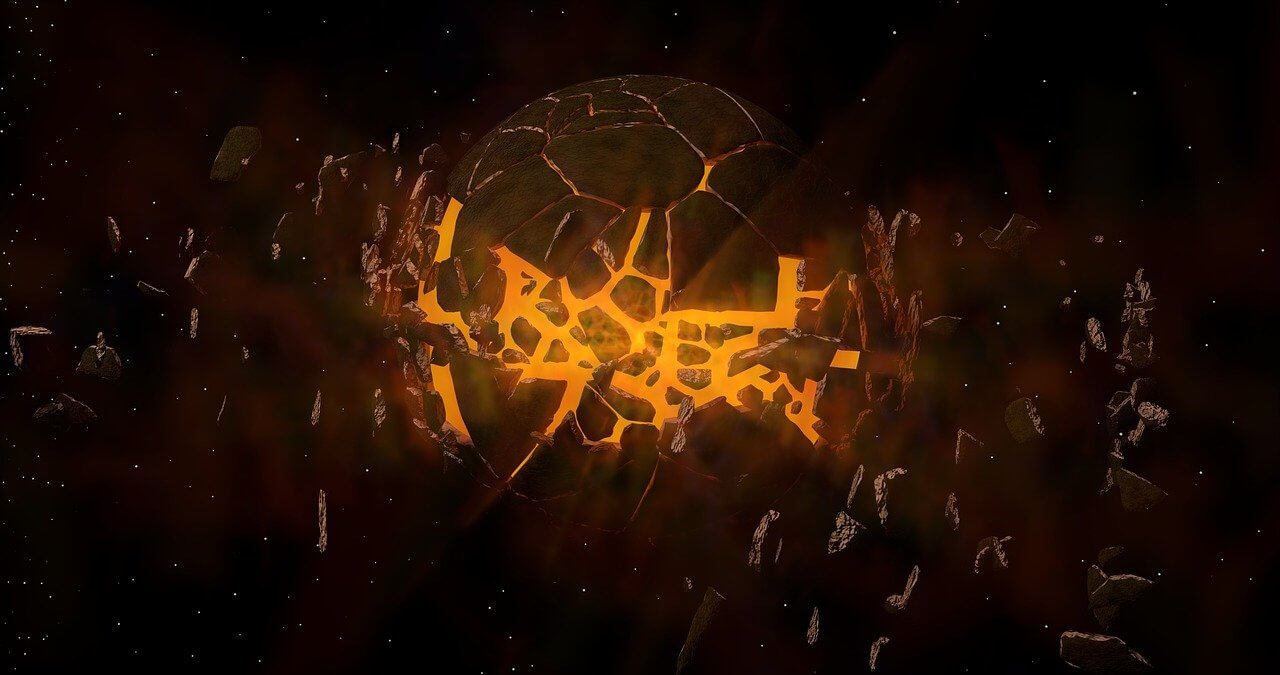It Becomes Possible To Track Space Debris In Daylight
Laser detection of space debris can now be performed in the daytime, according to a study published in the journal “Nature Communications”. The results significantly extend the period during which this technique can be used to track pollution in the Earth’s orbit to avoid collisions, from a few hours to most of the day.
Broken satellites and rocket bodies in the Earth orbit are space debris, and their ever-increasing number threatens the safety of active equipment. A technique called space debris laser rangefinder measures the distance to these objects, which is then used to help avoid damage to satellites and spacecraft. However, this method is currently only possible for a few hours at dusk, when the satellite laser rangefinder station on the Earth is in darkness and the wreckage is still illuminated by the Sun.
Michael Steindorfer from the Space Research Institute in Graz, and his colleagues combined a telescope, detector, and filter to increase the contrast of objects in relation to the daytime sky. They also developed software to detect targets in real time, which predicts the displacement of the trajectory.
The team already demonstrated its method on four different space debris passes, focusing on old rocket bodies still in space from Russian launches between 1971 and 1995.
“Laser location of space debris in daylight is possible. It will increase the potential observation time for all satellite laser rangefinders”, – the researchers report.
They suggest that the observation time at the space laser rangefinder station in Graz may increase from 6 to 22 hours per day, depending on the season of the year
“A significantly longer observation period will make it possible to more accurately predict the orbits of space debris, which will contribute to the safe operation of satellites and space stations in the Earth orbit”, – concluded the authors of the study.


